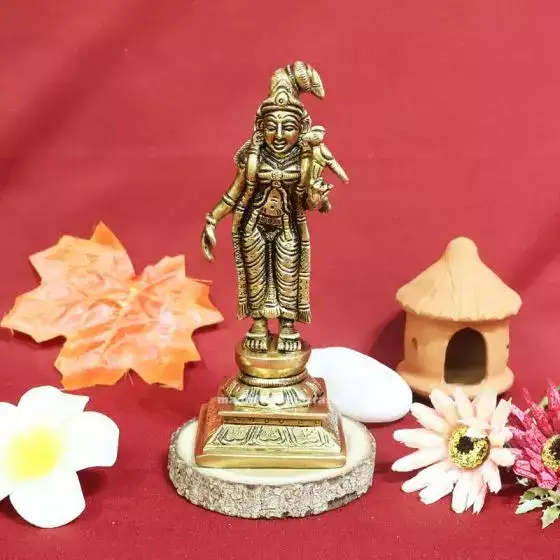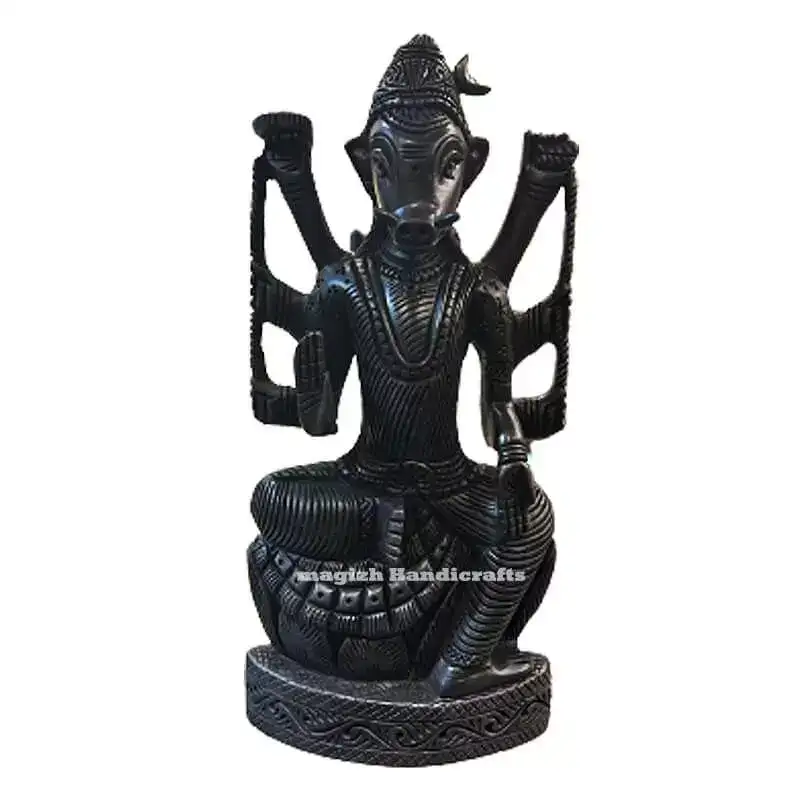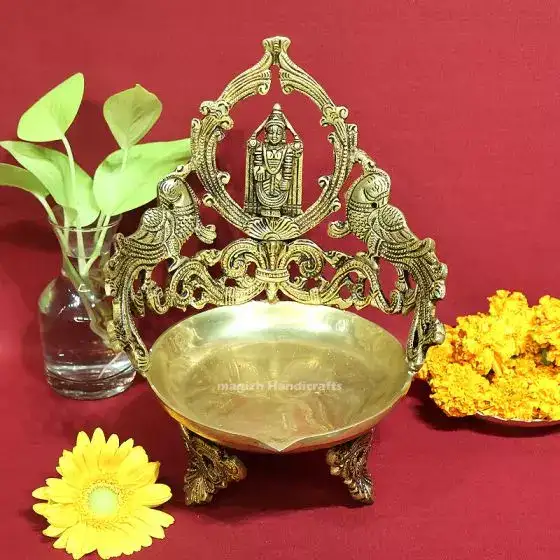Welcome to Magizh Handicrafts

#html-body [data-pb-style=BCIQP3C],#html-body [data-pb-style=KESOLGP]{justify-content:flex-start;display:flex;flex-direction:column;background-position:left top...

பெண் தெய்வ வழிபாடு என்பது, தொன்று தொட்டு நம்மிடையே இருந்து வருகிறது. அரசர்கள் போருக்குச் செல்லும் முன் அம்மன் வழிபாடுகளில் ஈடுபடுவதை வழக்கமாகக் கொண்டதாக வரலாறுக...

விளக்கு ஏற்றுவது பரபரியம் மற்றும் ஆன்மீகம் நிறைந்த ஒரு செயலாகும். இது ஆன்மீக சக்தியை அதிகரித்து, வீட்டில் நலன்களை பெருக்குகிறது. தாமரை தண்டு திரி மற்றும் பசு நெ...